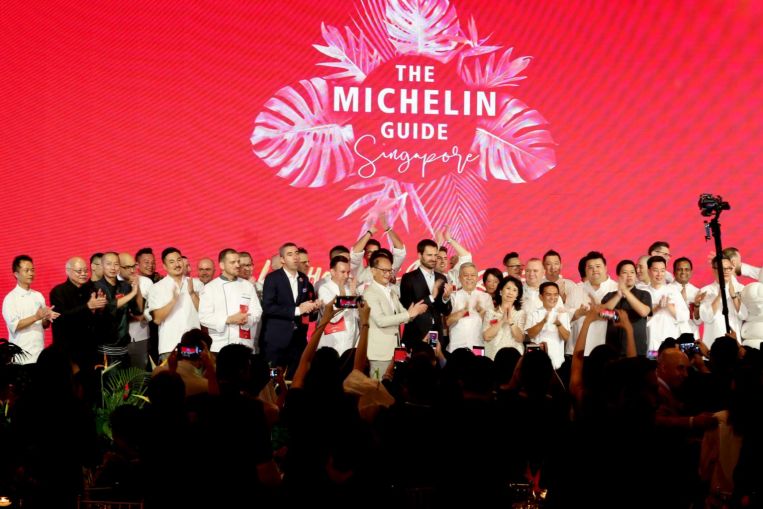Some stringy fungi are tough negotiators, trading nutrients shrewdly with plants.
An advance in tracking the nutrient phosphorus has revealed new details of ancient trading networks between fungi and plants. Some fungal species grow what are called arbuscular mycorrhizal connections underground, reaching intimately into plant roots. These fungi pull phosphorus from the soil and trade it for carbon from a wide range of plants.
Marking phosphorus with glowing dots shows the fungi hoarding the nutrient in parts of their elaborate networks of filaments when theres a glut of it and plants wouldnt be likely to trade much carbon. Phosphorus also gets shipped over the fungal networks to areas where its scarce and thus more valuable to trade, an international research team reports June 6 in Current Biology.
These fungal-plant trades have been frustrating to study as biological markets because, until now, researchers could see snapshots, but not details, of the negotiations, says study coauthor Toby Kiers, an evolutionary biologist at Vrije Universiteit Amsterdam. It was “like a really good poker game” where the lights go out between dealing and winning, she says. For a better view, the researchers devised a way to watch the process in action by tagging phosphorus with nanoparticles called quantum dots that glow red or blue in ultraviolet light.
Arbuscular mycorrhizal fungi have no ability to capture carbon themselves, though they need it to live. Instead, they have traded with plants for the resource for some 450 million years (SN: 9/10/11, p. 15). Today, the fungi can connect with at least 70 percent of all plant species, including most crops. Unlike other nutrient-trading fungi that sheath a plant root, these fungi work their way inside plant cells and grow “beautiful treelike structures” with plenty of surface area that can help with swapping sustenance, Kiers says.
In the new study, the researchers allowed the fungus Rhizophagus irregularis to tangle with carrot roots growing in part of a lab dish. The fungus also grew filaments away from the carrot roots into two other compartments. To challenge the fungus with a discouraging trade market, the team added equal amounts of phosphorus to the two compartments where the fungus grazed alone. In one compartment, the phosphorus was tagged with dots that glowed red, and in the other with blue.
As if riding out a period of oversupply, the fungus took up phosphorus and stored a sizable share of it. Researchers cant yet track the carbon that the carrot provided in return for what phosphorus was traded, but overall, the filaments didnt grow much, suggesting the carbon payoff was ho-hum.
|
Cellular material rushes through fungal filaments, and abruptly reverses direction, in this colorized microscope view of an arbuscular mycorrhizal fungus. This rapid ebb and flow is one reason researchers think that the fungi manage the distribution of nutrients like phosphorus, rather than just letting them diffuse to areas of lower concentration, when trading the nutrient for carbon from plants. |
To see how the fungi reRead More – Source
Some stringy fungi are tough negotiators, trading nutrients shrewdly with plants.
An advance in tracking the nutrient phosphorus has revealed new details of ancient trading networks between fungi and plants. Some fungal species grow what are called arbuscular mycorrhizal connections underground, reaching intimately into plant roots. These fungi pull phosphorus from the soil and trade it for carbon from a wide range of plants.
Marking phosphorus with glowing dots shows the fungi hoarding the nutrient in parts of their elaborate networks of filaments when theres a glut of it and plants wouldnt be likely to trade much carbon. Phosphorus also gets shipped over the fungal networks to areas where its scarce and thus more valuable to trade, an international research team reports June 6 in Current Biology.
These fungal-plant trades have been frustrating to study as biological markets because, until now, researchers could see snapshots, but not details, of the negotiations, says study coauthor Toby Kiers, an evolutionary biologist at Vrije Universiteit Amsterdam. It was “like a really good poker game” where the lights go out between dealing and winning, she says. For a better view, the researchers devised a way to watch the process in action by tagging phosphorus with nanoparticles called quantum dots that glow red or blue in ultraviolet light.
Arbuscular mycorrhizal fungi have no ability to capture carbon themselves, though they need it to live. Instead, they have traded with plants for the resource for some 450 million years (SN: 9/10/11, p. 15). Today, the fungi can connect with at least 70 percent of all plant species, including most crops. Unlike other nutrient-trading fungi that sheath a plant root, these fungi work their way inside plant cells and grow “beautiful treelike structures” with plenty of surface area that can help with swapping sustenance, Kiers says.
In the new study, the researchers allowed the fungus Rhizophagus irregularis to tangle with carrot roots growing in part of a lab dish. The fungus also grew filaments away from the carrot roots into two other compartments. To challenge the fungus with a discouraging trade market, the team added equal amounts of phosphorus to the two compartments where the fungus grazed alone. In one compartment, the phosphorus was tagged with dots that glowed red, and in the other with blue.
As if riding out a period of oversupply, the fungus took up phosphorus and stored a sizable share of it. Researchers cant yet track the carbon that the carrot provided in return for what phosphorus was traded, but overall, the filaments didnt grow much, suggesting the carbon payoff was ho-hum.
|
Cellular material rushes through fungal filaments, and abruptly reverses direction, in this colorized microscope view of an arbuscular mycorrhizal fungus. This rapid ebb and flow is one reason researchers think that the fungi manage the distribution of nutrients like phosphorus, rather than just letting them diffuse to areas of lower concentration, when trading the nutrient for carbon from plants. |
To see how the fungi reRead More – Source












